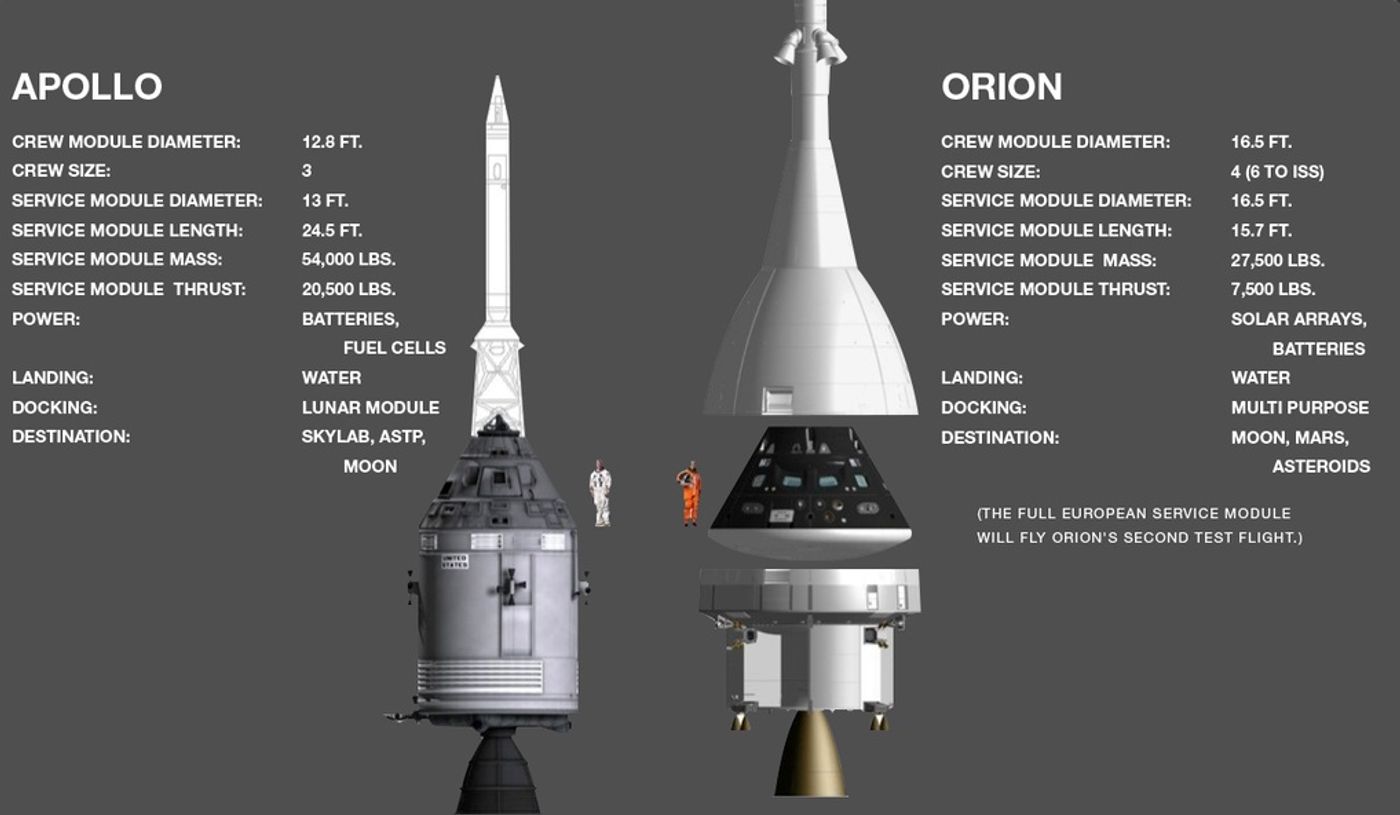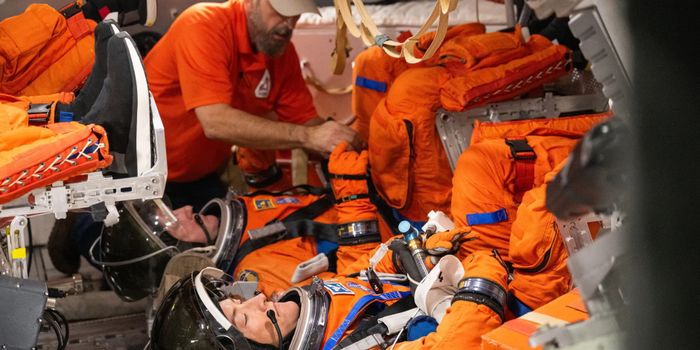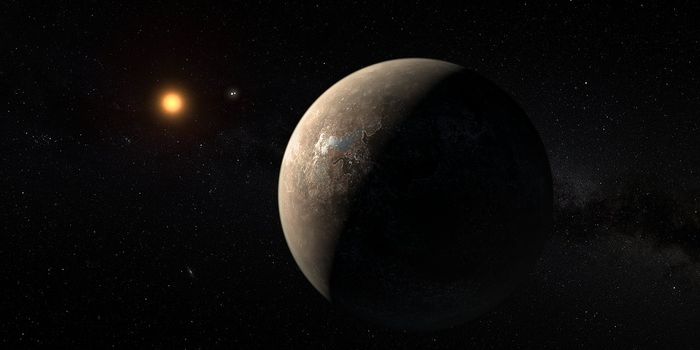Lockheed Martin, a global company worth billions of dollars that has a wide range of technical interests and capabilities, has announced that it plans to build a space station that will orbit Mars. The scheme was unveiled at the Humans 2 Mars Summit on May 18. The project's timeline ends in 2028, when humans will occupy the orbiter.
The company is currently producing a deep-space crew module, called Orion, for NASA. The new proposal relies significantly on a timeline already in place that lays the foundations of the project.
Orion is slated to venture outside low-Earth orbit first with a moon mission, sans crew, in 2018 followed by a moon flyby, with crew, in 2021. In the years leading up to 2025, increasingly ambitious goals would be set for missions at moon-like distances, culminating in a “dry run” to Mars during which the crew would remain within approximately three days’ travel time from Earth, in case a quick emergency return was required. It would actually take at least six months to travel from Earth to Mars.
The plan calls for NASA to put a structure in orbit around Mars in 2026. It would be composed of some solar arrays and uninhabited modules that would be occupied by humans two years later. That team of six would have a laboratory and a base for future missions.
There is plenty of skepticism from researchers in the field. “This doesn’t look terribly new in terms of a 12-year time line,” said an archivist at the U.S. Geological Survey's Astrogeology Science Center, David Portree. “In 1963, NASA engineers were seeing if they could land on Mars in 1971.”
Scott Hubbard, director of Stanford University’s Center of Excellence for Commercial Space Transportation commented, “I give them kudos for being bold. This would really require a lot of things to play right.” He notes that Lockheed Martin doesn’t lay out a lot of specifics. “All I see is that the nice video says 2028,” he said.
One advantage to the plan is the orbiter. That would allow time to work out the logistics of descent and landing. “It gives one the opportunity to check out all navigation, life support, radiation protection—all the things you need to get to Mars and back without also accepting the risks that come with going to the surface,” says space policy expert John Logsdon of George Washington University. “There are good parallels between Apollo 8 and Apollo 11.”
It also will remain to be seen if there is enough funding to support future work on these plans. A spokesperson for Lockheed Martin, Allison Rakes, maintains that the cost estimates made by the company would work within the existing exploration budget of NASA, assuming of course, there are increases to adjust for inflation.
Sources:
NASA,
National Geographic,
Lockheed Martin





















































